Birth defects in different countries
AN ISO 9001:2008 ORGANISATION FOR INFERTILITY TREATMENT WITH HEALTHY FOOD, HEALTHY LIFE STYLE...
United States
Congenital heart defects are the most common type of birth defect in the United States, affecting nearly 1% of—or about 40,000—births per year. Trisomy 21, or Down syndrome, is a common birth defect with an estimated 6,000 cases identified annually. Orofacial clefts, including cleft lip and cleft palate, are another common type of birth defect with approximately 7,000 cases identified annually.
India
According to joint World Health Organization (WHO) and MOD meeting report, birth defects account for 7% of all neonatal mortality and 3.3 million under five deaths. In India birth defects prevalence varies from 61 to 69.9/1000 live births.
Major birth defects include congenital heart defects, neural tube defects (NTDs) and Down syndrome, hemoglobinophathies and glucose-6-phosphate dehydrogenase deficiency, cause 20% of infant mortality and are responsible for a substantial number of childhood hospitalizations. It has been estimated that 70% of birth are preventable.
![(Dr Samira Alani/Al Jazeera])](http://raniakhalek.files.wordpress.com/2013/03/iraq-birth-defects.jpg?w=408&h=270)






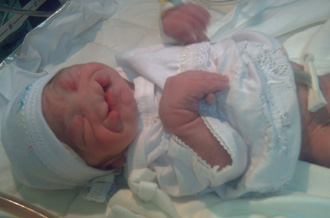
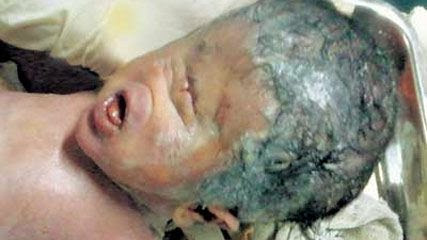
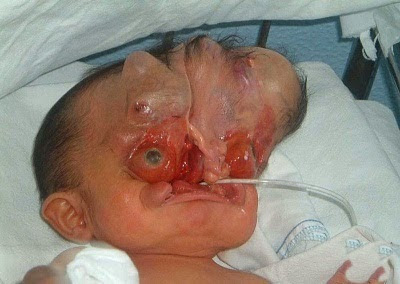
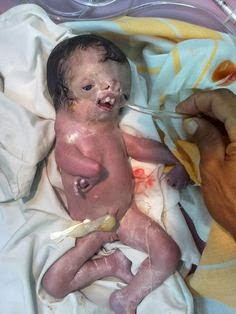
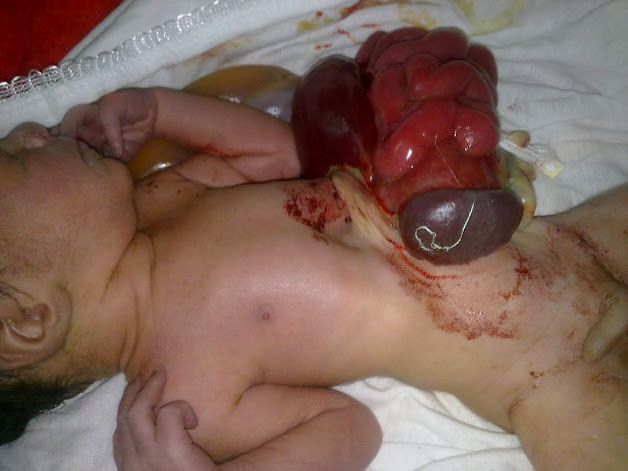
With your Healthy food, Healthy life style....you can give birth to HEALTHY and BRILLIANT CHILD.....I wish it.
I wish Every Couple should have Healthy and Brilliant child with Respectable Profession. Please see my blog PROFESSION OF YOUR CHILD.
Brought to you by : http://successgain.us and http://successgain.info
United States
Congenital heart defects are the most common type of birth defect in the United States, affecting nearly 1% of—or about 40,000—births per year. Trisomy 21, or Down syndrome, is a common birth defect with an estimated 6,000 cases identified annually. Orofacial clefts, including cleft lip and cleft palate, are another common type of birth defect with approximately 7,000 cases identified annually.
India
According to joint World Health Organization (WHO) and MOD meeting report, birth defects account for 7% of all neonatal mortality and 3.3 million under five deaths. In India birth defects prevalence varies from 61 to 69.9/1000 live births.
Major birth defects include congenital heart defects, neural tube defects (NTDs) and Down syndrome, hemoglobinophathies and glucose-6-phosphate dehydrogenase deficiency, cause 20% of infant mortality and are responsible for a substantial number of childhood hospitalizations. It has been estimated that 70% of birth are preventable.
Medical condition of mother
Exact prevalence of chronic conditions like diabetes, epilepsy, hypertension during pregnancy is not known, but it has been documented by study, that about 8% of pregnant women need permanent drug treatment due to various chronic diseases and pregnancy-induced complications.
Parent’s carrier status of a genetic disorder
Carrier frequencies for various genetic disorders like thalassemia, sickle cell anemia, and metabolic disorder are high among Indians. Carrier frequencies for sickle cell hemoglobin ranges from 17% to 30% or more in the population. Hb E is found in the eastern half of the Indian sub-continent, and throughout South-East Asia, where in some areas, carrier rates may exceed 60% of the population. The carrier frequency for β thalassaemia ranges from 0.3% to 15%, while that for the milder forms of α thalassaemia varies from 15% to 80% (tribal population) in north eastern parts of India.
Iraq
The following are published CBD ratevaluesin peered reviewed journals. Data of these articles are taken from epidemiological studies conducted by medical college faculty members and / or specialists in Major State Hospitals in Iraq.
- 12.3/1000 birth in maternity and children’s hospital in Baghdad ;
- 8.6/1000 birth in Ramadi General Hospital, 2008 ;
- 4.7/1000 birth in Dohuk, Kurdistan Region, Iraq, 2004-2008;
- 8.4/1000 birth only (NTD) in Diwania, 2000 ;
- 3.06/1000 birth in Arbil, Kurdistan Region, Iraq ;
- 50/1000 birth in Fallujah General Hospital, 2010 ;
- 23-48/ 1000 birth in Basrah Maternity Hospital, 2003-2011 ;
- 27/1000 birth in Najaf
- 19.3/1000 birth in Al Qaiem District, Anbar, 2009-201
Fukushima
The government of Fukushima announced in late August the results of an ongoing study on the impact of radiation on children under 18 who were living in Fukushima at the time of the accident. Of the roughly 360,000 children, there were 44 suspected cases of thyroid cancer.
Photos of Birth defects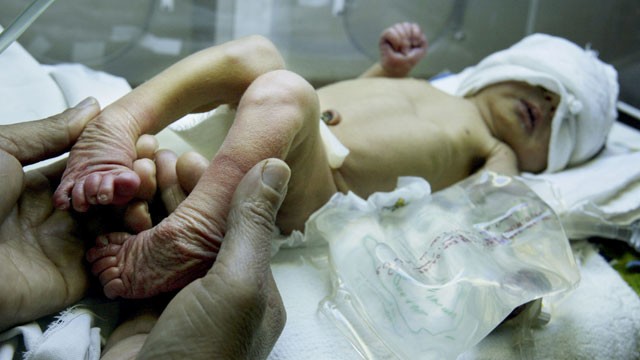
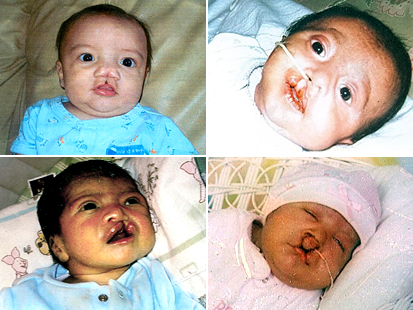


![(Dr Samira Alani/Al Jazeera])](http://raniakhalek.files.wordpress.com/2013/03/iraq-birth-defects.jpg?w=408&h=270)










With your Healthy food, Healthy life style....you can give birth to HEALTHY and BRILLIANT CHILD.....I wish it.
I wish Every Couple should have Healthy and Brilliant child with Respectable Profession. Please see my blog PROFESSION OF YOUR CHILD.
Brought to you by : http://successgain.us and http://successgain.info

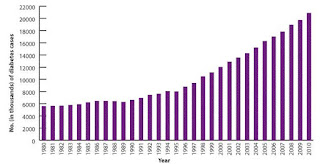

AMENORRHEA MAY DUE CONGENITAL ADRENAL HYPERPLASIA_CIMICIFUGA
ReplyDeleteCONGENITAL DEFECT SUCH AS HOLE IN HEART_BORAX
ReplyDeleteThis comment has been removed by the author.
ReplyDeleteThis comment has been removed by the author.
ReplyDeleteYour comments are useful to all. ThanQ
ReplyDelete